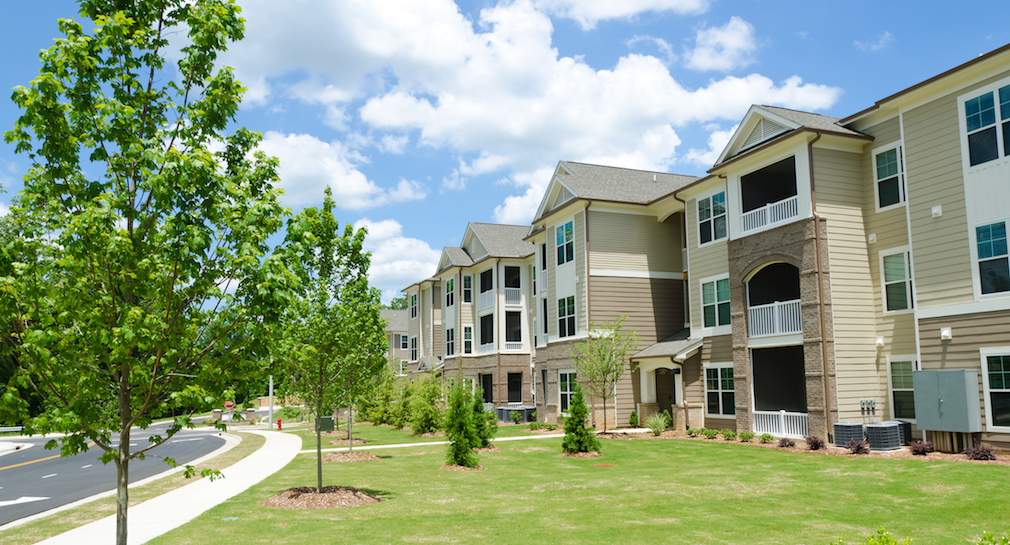The latest housing outlook report from Capital Economics shows that as GDP growth cools, so will rental growth.
Economists at the firm say it expects that the gradual loosening in market conditions mean rental growth is set to cool off.
“From 3.5% y/y today, rental growth on the CPI [Consumer Price Index] measure will drop to 3.2% by early 2020, where it will remain for the next year or so,” Capital Economics writes. “Our profile for rental and house price growth implies that gross rental yields will rise slowly over the next three years, from 6% today to around 6.3% by the middle of 2021.”
Economists at the firm explained that the “pronounced slowdown in global economic growth” is now affecting exports and when paired with the fading fiscal stimulus and the lagged impact of past monetary tightening, that means growth will ease.
“We expect GDP growth to slow from 2.9% to 2% this year and only 1.4% in 2020, before cuts to interest rates help growth recover to 2% in 2021,” the report states.
Rental growth will also fall back as earnings growth slows, the experts write, but the decline should be modest, and gross yields are set to edge up over the next couple of years.
From the report:
The obvious driver for rising rents is the acceleration in earnings growth seen over the past year. As noted above the rise in average earnings growth, to a 10-year high of 3.4% y/y in February, has not yet brought down the share of rents in earnings. Accordingly, that implies landlords have been able to capture much of the rise in earnings from existing rental households.
However, given the slowing economy, wage growth will not rise much further. Indeed, consumers have already cut their expectations for rental growth over the next year.
What does this mean for rental demand?
The firm notes that the slowing employment growth among young Americans and the high level of rents in comparison to earnings has had an impact on rental demand in recent months. But the economists say that sluggish home sales over the next year will prevent a sharp contraction in demand, likely leading to only a marginal boost in rental vacancy rates.
From the report:
After experiencing strong growth from the start of 2016 to the middle of 2018, employment of young Americans has since levelled off. Given 64% of under 35-year olds rent, that moderation in job growth is likely to have weighed on rental demand.
The high level of rents will also be hitting demand. While earnings growth has picked up since late 2018 that has yet to reduce the share of rents in earnings, which is still at record highs.
The high rental burden will be preventing some Americans from leaving the parental home and forming a new household. Indeed, the share of 18-34 year olds living with their parents edged up to 31.9% in 2018.






